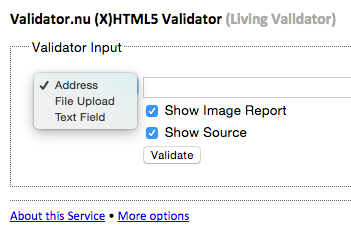Each of these comments was given on the UF course evaluation form for JOU 3633 in fall 2019. Of course there were some negative comments too, but those are not included here.
“Professor McAdams’s course was one of the most challenging courses I have taken in my time at UF, but I appreciated every minute of it. I feel I have a competitive edge as I’m looking for jobs in the next few months.”
“Very passionate about subject and really helpful. One of the best professors I’ve had!”
“Overall, I enjoyed the way the course was set up. The weekly video tutorials were very helpful and the textbook provided a lot of great detail on topics.”
“Professor McAdams is a great professor who has taught us a lot about coding. One of her greatest strengths as an instructor is her thoroughness and attention to detail in everything she does like our lecture videos and assignment instructions. This made it easy not only to understand the content she was teaching but also be able to know exactly what I have to do for the assignments in order to get a good grade.”
“Enthusiastic about the course and made herself available for an extra 3 hours on Friday, which proved to be tantamount to my success. Easy to talk to explain problems, too. She was very patient with problems students faced, no matter the size of the problem; I really appreciated this aspect.”
“Professor McAdams knew the answers to my questions and if she couldn’t figure it out she spent her time to do so. She answered my emails promptly and was an overall good instructor.”
“Professor McAdams was very helpful and supportive throughout the entire semester. Her lectures were thorough and provided a lot of information from the book and external sources. She was very present with her students and would always provide links to helpful resources used by professionals in the field.”
“I can make my own website now and understand coding language! Super helpful.”
“Everything I learned in this course will help me in the future should I decide to go down a creative route or not.”
“The entirety of the frontend development I learned in this course will help me in my professional growth. I’ve diversified my skill set and can now expand the types of positions I apply for.”
“HTML, CSS, and JavaScript will not only be applicable in a potential job for the future, but these three things have already helped me use my brain in ways that I never did before.”
.



